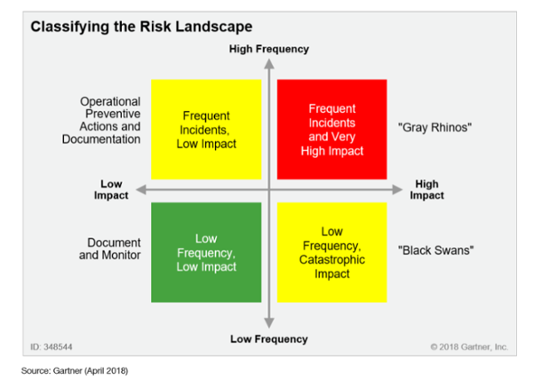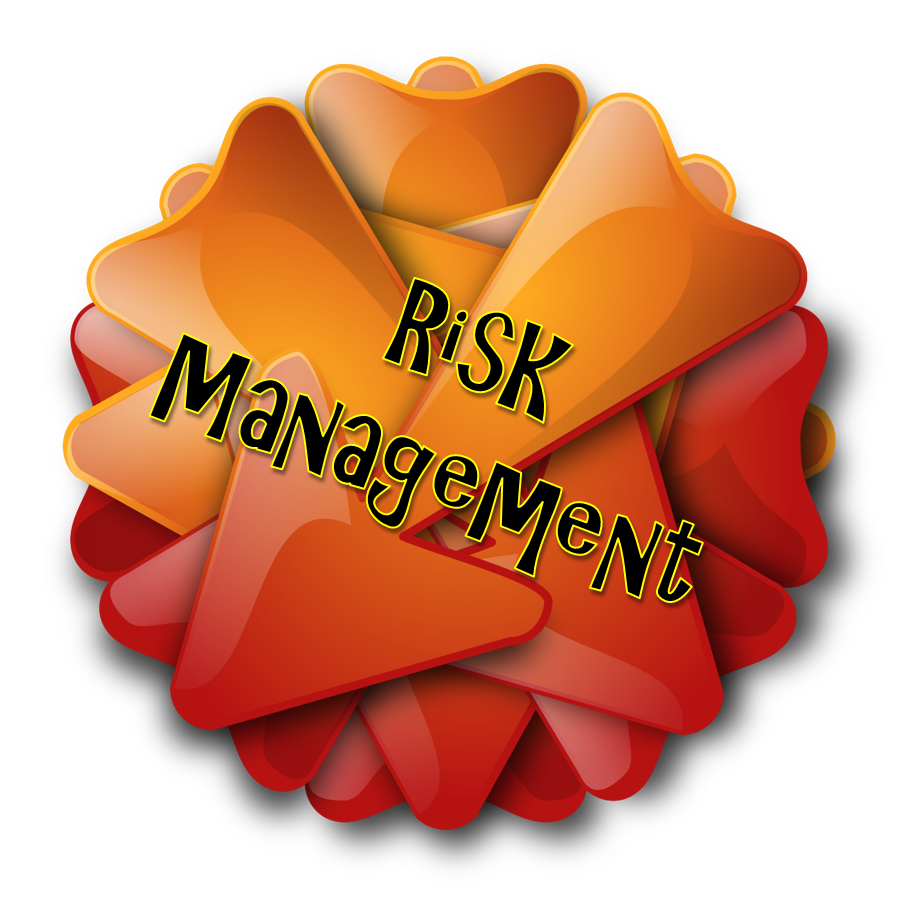The dustbin of history is filled with failed businesses. Executives running those businesses didn’t intend for them to fail. Businesses want to survive. Like biological species, adaptability and resilience are the key to survival. In a 1963 speech given to participants at the convention of the Southwestern Social Science Association, Leon C. Megginson, a Louisiana State University business professor, stated, “It is not the most intellectual of the species that survives; it is not the strongest that survives; but the species that survives is the one that is able best to adapt and adjust to the changing environment in which it finds itself.”[1] Resiliency goes hand-in-hand with adaptability. Adaptability is the quality of being able to adjust to new conditions and resiliency is the capacity to recover quickly from difficulties. Companies wanting to survive in a rapidly changing business environment need to foster both qualities.
Adaptability and Resiliency
Jeff Bodenstab, a marketer with ToolsGroup, writes, “There is an increased focus on being prepared for supply chain risks such as digital threats, product traceability issues, and now the potential impact of a trade war.”[2] To help companies think about risk and resiliency, Bodenstab points to a Gartner matrix that attempts to classify the risk landscape.

Concerning the matrix, Bodenstab writes, “Gartner defines four types of supply chain risk (see chart above) depending on frequency and impact. The low impact events are in the two left quadrants. The high impact events are in the two right quadrants. The truly extraordinary and unexpected events, called ‘Black Swans,’ are in the lower right quadrant. The unusual but more frequent events, called ‘Gray Rhinos’, are in the upper right quadrant.” Each company needs to determine for itself what types of risks fall into the matrix’s four quadrants. I recommend conducting frequent “what if” exercises to do just that. Good risk managers don’t just extrapolate the present into the future. They engage themselves in alternative futures exercises. They identify the assumptions upon which company decisions are being made and question each one of them for their validity. Risk management plans then need to be tested against scenarios developed during “what if” exercises to determine their robustness. Only by testing plans can companies learn to adapt and remain resilient. When considering risks, equal attention needs to be given to potential risks in all quadrants of the Gartner matrix.
Supply Chain Risk in the Age of Big Data
“Today’s supply chains are still learning how to adjust to a vast, complex information landscape that shifts with every passing day,” writes Kristin Manganello. “Unpredictable pricing, regulatory issues and changes, material shortages, natural disasters, global social and political unrest, and labor ethics are just a few of the factors that supply chain professionals grapple with on a daily basis.”[3] Anytime the word “complex” pops up in a business conversation, one should start thinking about cognitive technologies. Cognitive technologies have been developed to help companies make better decisions. As Manganello notes, today’s supply chains are overwhelmed with data. She explains, “To collect and comb through all of this information using traditional supply chain technologies and methods would be an arduous, inefficient undertaking, ultimately resulting in delays, disruptions, and faulty practices. However, thanks to the internet, cloud computing, and other digital advancements, all of the elements listed above — pricing, regulatory matters, material shortages, and so on — leave a trail of digital footprints that can be tracked and organized into sensible systems. This colossal amount of information has become colloquially known as ‘big data’.”
The presence of big data is both good news and bad for companies. The bad news is the complexity data creates. The good news is that data is valuable. Manganello notes, “When evaluated using precise analytical processes, big data becomes a highly useful constellation of facts that companies can use to help them navigate supply chain risk management.” Bodenstab agrees that advanced analytics, embedded in cognitive platforms, are providing new tools for risk managers. He explains, “Embedding advanced analytics (such as machine learning) into supply chain planning solutions is adding a degree of robustness that is improving resiliency even further. Responding quickly to disruptions in a complex networked environment is a skill ideally suited to the scale and power of a highly automated system. A new breed of planning tools employ adaptive probabilistic algorithms to deal with low impact volatility and demanding response times. Planners are called on to intercede only for exceptions that fall outside the boundary limits of statistical uncertainty.” Rolf Zimmer, co-founder of riskmethods, told participants at conference in Munich, “Digitized supply chain risk management will change the competitive landscape.”[4] He added, “There is an ocean of data out there of course, so there is also a need for ‘noise cancellation’ — a focus on ‘what matters to my company’.” Cognitive technologies are designed to help executives make better decisions, even in ambiguous situations, so they can concentrate on what matters most.
Summary
Lora Cecere (@lcecere), founder and CEO of Supply Chain Insights, asks, “How can you seize Opportunity if you cannot manage risk?”[5] It’s a great question. She adds, “We define risk management processes as the ‘proactive identification and assessment of potential risks to the supply chain — as well as the development of strategies to avoid these risks.’ It can include uncertainty, disruption or volatility.” In other words, to be successful, a good risk management process must be adaptable and resilient. Cognitive technologies can help in myriad ways to make supply chains more adaptive and resilient.
Footnotes
[1] Garson O’Toole, “It Is Not the Strongest of the Species that Survives But the Most Adaptable,” Quote Investigator, 4 May 2014.
[2] Jeff Bodenstab, “Supply Chain Resiliency – Top to Bottom,” ToolsGroup, 17 July 2018.
[3] Kristin Manganello, “Big Data and Supply Chain Risk Management,” Thomas, 12 July 2018.
[4] Peter Smith, “The Intelligent Way to Manage Supply Chain Risk – Insight from Rolf Zimmer of riskmethods,” Spend Matters UK/Europe, 10 July 2018.
[5] Lora Cecere, “How Can You Seize Opportunity If You Cannot Manage Risk?” Supply Chain Shaman, 30 June 2018.





